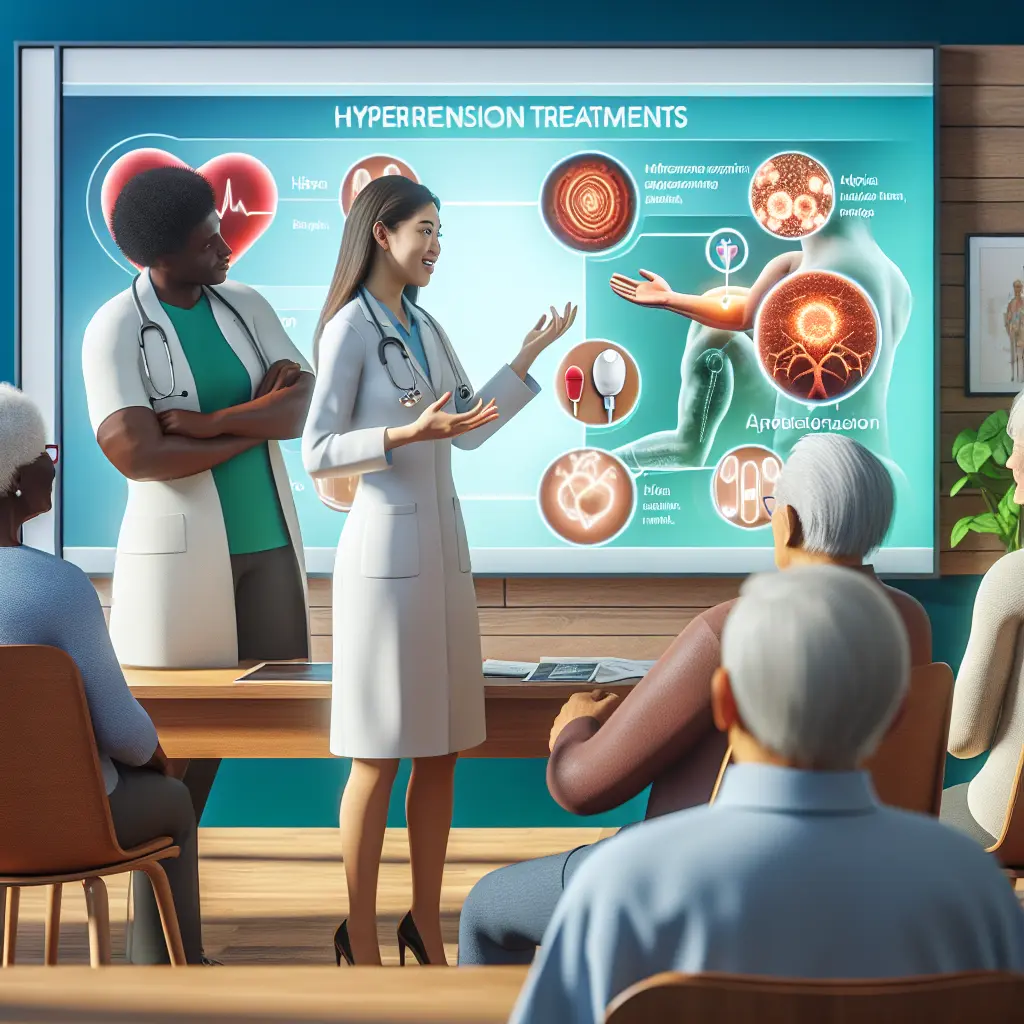Hypertension, or high blood pressure, remains a significant global health concern, affecting nearly 48% of U.S. adults as of 2023. With its potential to lead to severe cardiovascular complications, the medical community continues to seek innovative treatments to manage this chronic condition more effectively. This article explores the latest developments in hypertension medications, offering hope for better blood pressure control and improved patient outcomes.
Before delving into new medications, it’s essential to understand the current treatment landscape. Traditional approaches to managing hypertension include lifestyle modifications and various classes of antihypertensive drugs, such as ACE inhibitors, ARBs, calcium channel blockers, and diuretics. However, despite these options, only about 21% of adults with hypertension have their condition under control, highlighting the need for more effective treatments.

One of the most promising new additions to the hypertension treatment arsenal is aprocitentan (Tryvio), a dual endothelin receptor antagonist. Approved by the FDA in 2024 for resistant hypertension, aprocitentan works by blocking the hormone endothelin from binding to receptors in blood vessels, preventing constriction .Key features of aprocitentan:
Another innovative approach involves RNA interference (RNAi) therapies, which target the genetic mechanisms underlying hypertension. Two notable candidates in this category are:
Zilebesiran:
IONIS-AGT-LRx:
These injectable treatments represent a potential paradigm shift in hypertension management, offering the possibility of long-acting therapies that could improve patient adherence.
Single-pill combinations are gaining traction as an effective strategy to improve blood pressure control and patient adherence. Recent studies have explored various combinations:
A phase 3 trial demonstrated that this triple combination pill:
The QUADRO trial investigated adding isoprolol to a combination of three other BP-lowering drugs:
To better understand the potential impact of these new medications, let’s compare their effectiveness:
| Medication/Approach | BP Reduction | Administration | Key Advantages |
|---|---|---|---|
| Aprocitentan | Modest but consistent | Once daily oral | Effective for resistant hypertension |
| Zilebesiran | Up to 12 mmHg systolic | Injection every 6 months | Long-acting, potential for improved adherence |
| GMRx2 | Clinically relevant | Once daily oral | Single pill, multiple mechanisms |
| Quadruple Combination | Superior to separate pills | Once daily oral | Simplified regimen for resistant hypertension |
The introduction of these new medications could significantly impact global hypertension management:
While these new medications offer promise, several challenges remain:

As we look towards the future of hypertension treatment, here are some key takeaways:
The horizon for hypertension treatment is expanding with promising new medications and approaches. From novel mechanisms like endothelin receptor antagonism to long-acting injectables and innovative combination therapies, these advancements offer hope for better blood pressure control and improved cardiovascular outcomes. As research progresses, patients and healthcare providers alike should remain engaged and open to exploring these new options, always with the goal of achieving optimal blood pressure management and overall health.